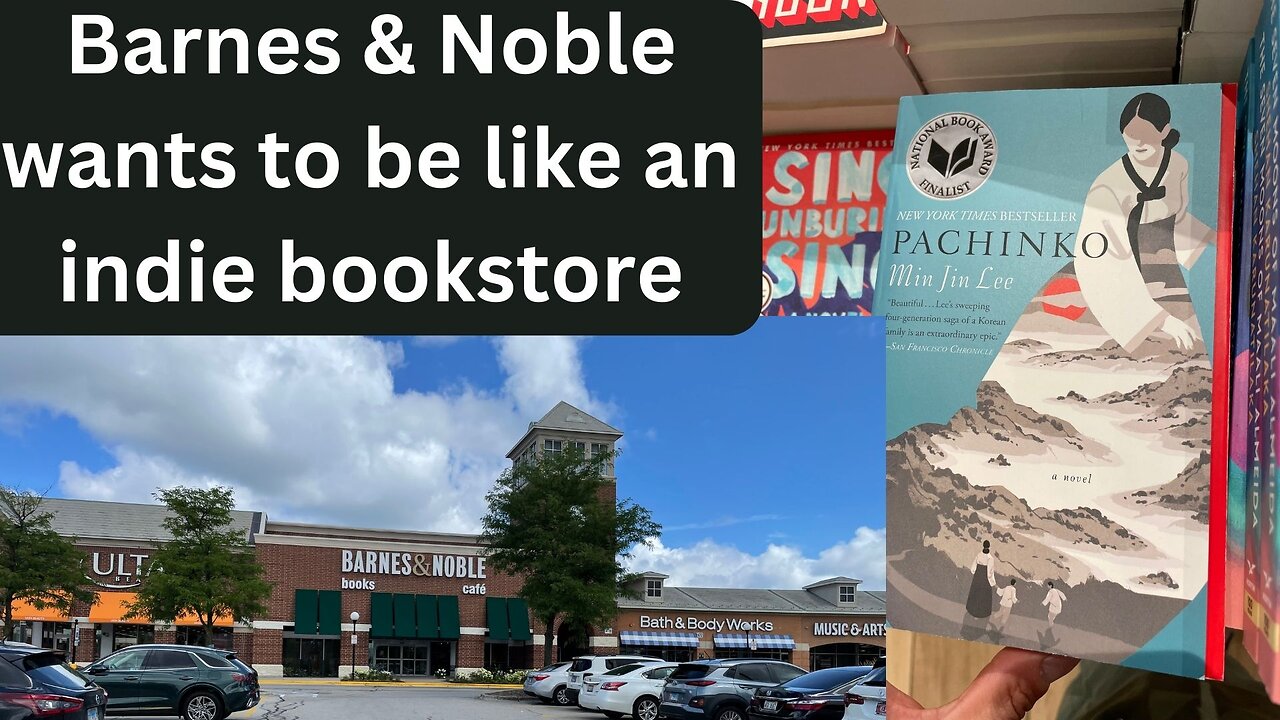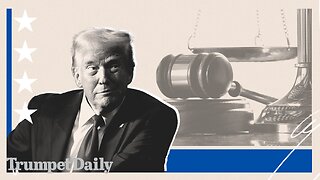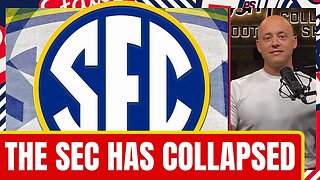Premium Only Content

Barnes & Noble wants to be like an indie bookstore
Barnes & Noble wants to be like an indie bookstore
Barnes & Noble is trying to be more like independent bookstores. It is trying to curate its offerings to local tastes.
Barnes & Noble used a strategy of scale and uniformity from the 1990s and 2000s. Not only were the book offerings nearly identical between stores across the country, but also were the couches. This strategy paid off in the past but times have changed and that has demanded a new strategy that adapts to local tastes.
James Daunt is the current CEO of Barnes & Noble. He started Daunt Books, a London indie bookstore, in 1990. It grew to nine shops across England that he still oversees. We became the CEO at Waterstones, a UK chain bookstore that is like Barnes & Noble. He led the unprofitable Waterstones back to profitability. Waterstones was bought in 2018 by activist hedge fund Elliot Management. They kept Daunt in charge. Barnes & Noble had been a publicly traded company since September of 1993 when it was listed on the NYSE after issuing $77 million in stock. It remained public until August 2019 when Elliot Management purchased all the company’s stock for $475 million and took the company private. At the time of the purchase, Barnes & Noble was a poorly managed chain that was still suffering revenue losses despite Borders going bankrupt.
The Book Industry
For roughly a decade book sales decreased until bottoming out and starting on an upward trend in the year or two. US bookstore sales declined annually from 2008 to 2019, reaching a bottom in 2020. In 2021, book sales started to rebound, continuing into 2022. 2023 is slated to be another annual increase.
Someone that needs a specific book will likely just go to Amazon instead of a brick-and-mortar store. It has become all but impossible to compete with Amazon because they do not have to pay overhead for a physical brick-and-mortar store. As any retailer can tell you, they pay a fortune on operating costs like rent, and utility bills like the electricity and heating and air conditioning.
Barnes & Noble aims to sell people books they didn’t know they wanted by allowing them to browse.
Therefore, books need to be optimized for discovery. One way to achieve this is to face the cover outward instead of the spines.
You will also notice all the tables as you enter a Barnes & Noble with curated collections of books.
I prefer non-fiction, and I found a shelf with non-fiction on both sides near the entrance of the store in Schaumburg, Illinois.
We live in politically tense times, and I was glad to see that there were books from both ends of the political spectrum, even the very far ends of each. This is a smart move because you do not want to alienate or anger your customer. As a retailer, I believe you need to reach as many people as possible. When it comes to more specialized media, like this channel you are watching, I believe it pays to be more focused and that is why you may notice a more conservative, free market approach.
There will be 30 net store openings for 2023.
Shifting control to the store level
Barnes & Nobles aims to make the chain feel like a collections of 596 independent, local bookstores.
A chain store is less inviting than an individual bookstore.
The strategy is to combine the power of a big chain with the pleasure of an independent bookstore by shifting control of the stores to the store manager. Managers have discretion over purchasing, placement, and even pricing.
By giving individual stores more control over what books they stock, this is taking control away from publishers that fear selling less books. Publishers argue that the book business is increasingly driven by national bestsellers rather than local tastes.
The Upper West Side Manhattan Location
Barnes & Noble spent millions trying to rebuild its Upper West Side Manhattan location into a model for its other stores. Cash registers were moved from the front to the back of the stores. The magazines that took up the best real estate on the ground floor were moved upstairs next to the café.
The Upper West Side location was chosen because the building was beautiful and the location on Broadway was ideal. Barnes & Noble needed a strong presence in this part of Manhattan.
Return rate measures how many unsold books a retailer returns back to the publisher. The return rate has dropped from 25% to 9% at Barnes & Noble. The CEO is targeting 5%.
As many as 20% of store locations sorted history books in alphabetical order, but now that has changed to chronological order.
Conclusion
In conclusion, I believe Barnes & Noble is undertaking the correct strategy: localizing product offerings to suit the taste of the specific geography the store is in. There is no way to compete with Amazon on price. Therefore, business need to differentiate themselves through experiences. I remember going to Borders bookstore as a child with my mother. I hope that Barnes & Noble will survive for many decades to come and that you can enjoy shopping for books with your children the same way I treasured the time I spent with my mother at the bookstore.
Works Cited:
https://www.wsj.com/articles/barnes-noble-bookstores-james-daunt-c1afc06b?mod=hp_lead_pos7
Tags:
bookstore vlog, bookstore, bookstores, bookstore haul, independent bookstore, bookstore cafe ambience, #bookstore, bookstore cafe, bookstores nyc, local bookstore, woke bookstores, powells bookstore, bookstore ambience, bookstore shopping, london bookstores, tokyo bookstore vlog, best bookstores nyc, working at a bookstore, book shopping at the worlds largest bookstore, bookstore vlog and haul, best bookstores in nyc, cozy day at the bookstore
-
 3:46
3:46
The Last Capitalist in Chicago
1 year ago $0.06 earnedBeneficiary forms can override your will
286 -
 14:45
14:45
Tundra Tactical
2 hours agoFirst Impression of the Labradar LX Chronograph.
4.93K -
 DVR
DVR
LFA TV
22 hours agoAnti-Trump Lawfare Has Failed | Trumpet Daily 11.26.24 7PM EST
8.37K1 -
 29:44
29:44
Standpoint with Gabe Groisman
9 hours agoEP. 59. The State of Western Militaries Today. Col. Richard Kemp
33.3K1 -
 47:24
47:24
Candace Show Podcast
4 hours agoConor McGregor: GUILTY—But Of What? | Candace Ep 111
92.3K201 -
 13:19
13:19
Josh Pate's College Football Show
5 hours ago $0.70 earnedThe SEC has COLLAPSED!! Updated CFP Picture with Josh Pate
12K1 -
 45:59
45:59
PMG
20 hours ago $0.16 earned"Hannah Faulkner and Sabrina Cardone | Empowering the Next Generation"
7.99K1 -
 1:19:57
1:19:57
Awaken With JP
9 hours agoThanksgiving for America Special - LIES Ep 67
113K44 -
 3:58
3:58
Blackstone Griddles
1 day agoLeftover Turkey with White Country Gravy
48.4K4 -
 42:19
42:19
Lights, Camera, Barstool
12 hours agoDoes 'Glicked' Meet The Hype? 'Gladiator II' And 'Wicked' Reviews
42.3K2